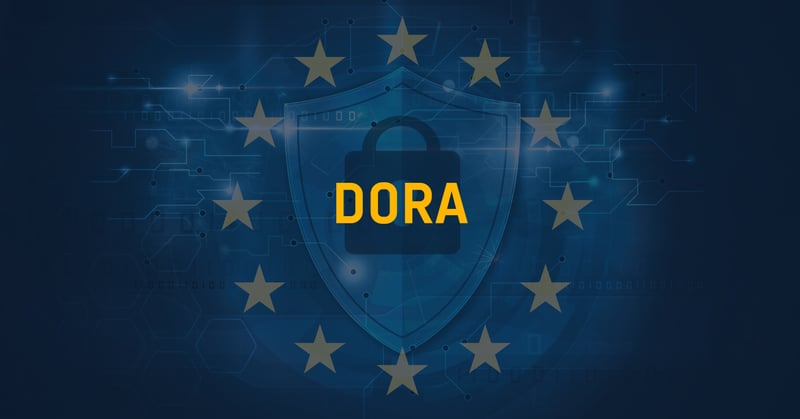Vulnerability management – more important than ever before

A constantly growing challenge in an evolving threat landscape
Today, technological advancements and digitalization introduce new challenges and a constantly evolving threat landscape. As these new threats emerge, our digital environments continue to expand. We may have once believed that virtualization and other technologies would reduce our attack surface, but it has become clear that this is not the case. As a result, we now have even more assets to protect than we did just a few years ago.
People are more vulnerable than ever
As challenges related to technical assets increase, cybercriminals have shifted their focus toward the human element within the IT environment. This often occurs through phishing or other types of social engineering. The reason is simple: it's generally easier to manipulate a person. For example, it’s easier to call a user and take control of their computer remotely by impersonating the company’s IT department than develop a sophisticated virus.
Cybercriminals have become more sophisticated
Alongside the increased focus on users, cybercriminals have developed more sophisticated techniques to attack a larger number of organizations, and at a faster pace. The introduction of AI has fueled this evolution, as have ready-made services that can be purchased like any other SaaS solution. Notable examples of this include Ransomware-as-a-Service and DDoS-as-a-Service.
Cyber security has evolved – just like humans
Originally, humans lived in caves with a primary focus on immediate survival. Long-term planning and strategies for the safety of the group, both in the present and the future, were largely neglected.
Drawing a parallel to cyber security, the comparison is clear. We initially relied on antivirus software, spam filters, and firewalls to keep systems running daily. There were no frameworks, strategies, or long-term plans to prevent cyber incidents.
As time progressed, we developed more strategic and structured approaches to cyber security, much like how early humans evolved into modern individuals who now plan, make long-term decisions, and proactively avoid future problems.
However, progress in cyber security protection hasn't advanced quickly enough. The increasing number of regulatory requirements and new laws related to information security and cyber security underscore this. These regulations have emerged in response to the fact that many organizations have not taken adequate measures to protect themselves from cyber threats or have not implemented cyber security practices effectively.
More focus on proactive cyber security
So how should we approach cyber security? All organizations and regulatory bodies agree that the best approach is to stop threats as early as possible — ideally, long before an incident occurs. This requires a preventive, proactive approach to cyber security. As a result, most regulatory requirements emphasize the importance of a systematic and risk-based strategy. In other words, it’s about maintaining continuous efforts, focusing on areas where real risks exist.
Vulnerability management: central to a modern & proactive cyber defense
Vulnerability management directly addresses these areas, building a modern and highly effective cyber defense that prevents incidents before they happen. As a result, it is central to meeting both current and future regulatory requirements.
- Systematic
Vulnerability management creates a systematic approach through automated and continuous processes, where automation is the key to continuity. With the help of automation, the entire IT environment is continuously analyzed, supporting the effort to minimize risks. - Risk-based prioritization
Our vulnerability management platform first discovers your assets through Attack Surface Management (ASM), identifying all technical assets, including any blind spots. It then assesses cyber security risks by analyzing these assets to detect vulnerabilities. Finally, vulnerabilities are graded granularly by severity, allowing you to prioritize and focus efforts where they are most needed. This approach establishes a solid foundation for a risk-based cyber security strategy, targeting the vulnerabilities that pose the greatest risks to your organization. - Proactive
Combining a systematic and risk-based strategy creates a modern, efficient, and proactive cyber defense that prevents incidents well before they occur.

Stefan Thelberg
Co-founder & CEO
Stefan is one of Europe's most prominent cyber security entrepreneurs and previously founded the Swedish Webhosting Group and Stay Secure.




